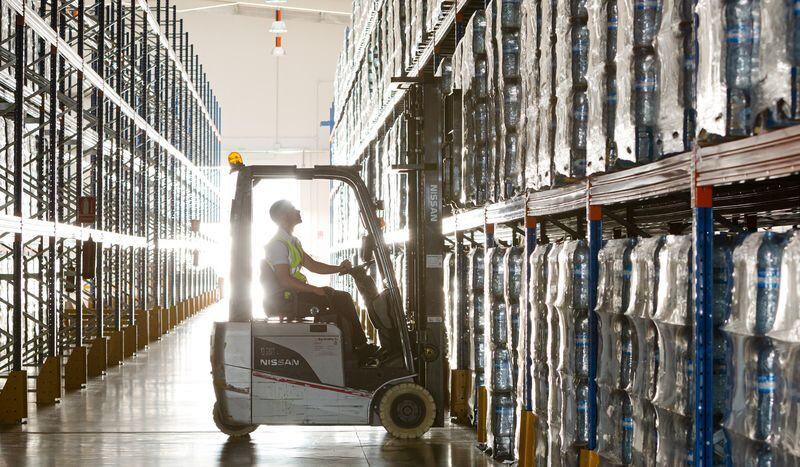Forecasting vs. Flexibility
Forecasts, by definition, will always be wrong. The degree to which they are wrong varies widely – the magnitude of the gap is often a factor of demand planning techniques and tools, market factors, changing customer preferences, and operational strategy. In terms of strategy, many businesses seek to find the "sweet spot" between forecasting and operational flexibility; they ebb and flow across the forecasting-flexibility spectrum with changes in leadership preferences, business models, and enabling technology.
How Does Demand Planning Work?
Understanding where the sweet spot lies starts with understanding how demand planning typically works in practice. For most manufacturers, demand planning is a labor-intensive process that often requires full-time dedicated resources. Demand planners tend to rely on a number of factors: firm order book, sales forecasts, market intelligence, industry trends, historical data, and seasonality. These factors are then loaded into statistical models – many of which are very sophisticated – and the results form the basis of the demand plan. The demand plan is then scrutinized by a cross-functional set of stakeholders and will often undergo a number of iterations before being finalized by leadership. The demand plan is often a major driver of the financial budget and guidance.
Despite the level of sophistication, demand planning is always an imperfect exercise and requires a significant amount of judgement and assumption. The process and results are analogous to traders trying to anticipate the financial markets – the projections may be directionally correct but the market is ultimately a random walk.
Finding The Sweet Spot
A robust Sales and Operations Planning (S&OP) should be the primary mechanism by which companies begin to converge toward the sweet spot. It is not feasible for operations leaders to develop a supply plan exactly aligned with the demand plan due to potential implications on inventory, supply chain shocks, capex, and labor costs. In addition, demand plans are typically applicable over one fiscal quarter; given that demand is never constant over a 3-month period, operations leaders have to be prepared to adapt to daily variation across that time period.
Leading companies find the sweet spot by developing capabilities to increase flexibility and agility. Good examples of these capabilities include product platforming, design for manufacturability, supply chain redundancy, postponement, and temporary labor. These capabilities allow companies to neutralize the impact of product variation on operations. At Veryable, we believe that the right approach is a “flexibility first” mentality that then pulls in the demand plan to set the broader boundary conditions. Forecast accuracy tends to decrease as you traverse down to the product/component level so the key is finding the appropriate hinge point where forecasts are credible across a broader category and the remaining variation can be managed with operational flexibility.
Impact On Direct Labor
Temporary labor has traditionally been used to embed higher levels of flexibility and agility in the supply plan. Some of the challenges and limitations around the current paradigm are the fixed period costs, productivity challenges, and lack of choice and availability. These limitations are becoming more poignant by the day as customer preferences evolve faster, delivery expectations become more demanding, and cost pressures increase. Companies do not have the luxury of planning temporary labor 3 weeks out and retaining temporary workers in weekly installments. Direct labor planning ultimately has to give companies the ability to adapt in real time.
At Veryable, we believe the next paradigm shift is bringing labor flexibility down to a very finite level, aligned to daily, or even hourly, production schedules. The on-demand economy gives us the opportunity to introduce these higher capabilities, as well as usher in a whole new set of workforce participants into the equation. Leading companies are starting to think this way and are having much more success adapting to today’s market.
Previous Posts
Trump 2.0 Week 13 Recap: Discussing Ongoing Negotiations With Key Trade Partners, A Potential Deal With China On The Horizon, and More
The Future of Manufacturing and Logistics
Create a free business profile today to explore our platform.






